
Let’s face it—people don’t trust brands the way they used to. They trust other people. In today’s world of endless options and online noise, one thing still holds power: social proof.
Customer testimonials and reviews are one of the most effective tools for building trust and increasing conversions. Why? Because people want to know what real customers think before they buy. At Skillwise Solutions, we’ve helped brands turn positive customer experiences into powerful content that not only builds credibility—but also drives sales.
Here’s how you can use testimonials the smart way and why they work like magic for your marketing.
1. Why Social Proof Matters More Than Ever
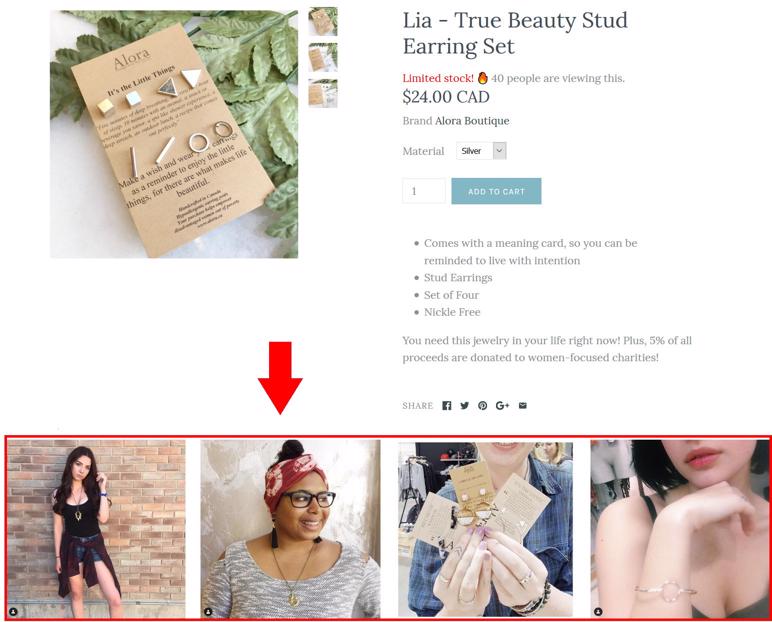
When people see others having a good experience with your product or service, they’re more likely to trust you. Think about it—how often do you check reviews before ordering from a new restaurant or booking a service online?
That’s social proof in action. Testimonials humanize your brand, add authenticity, and ease buying hesitation. It’s not just about making a good impression—it’s about reducing doubt and building confidence in your offering.
2. Types of Testimonials That Work

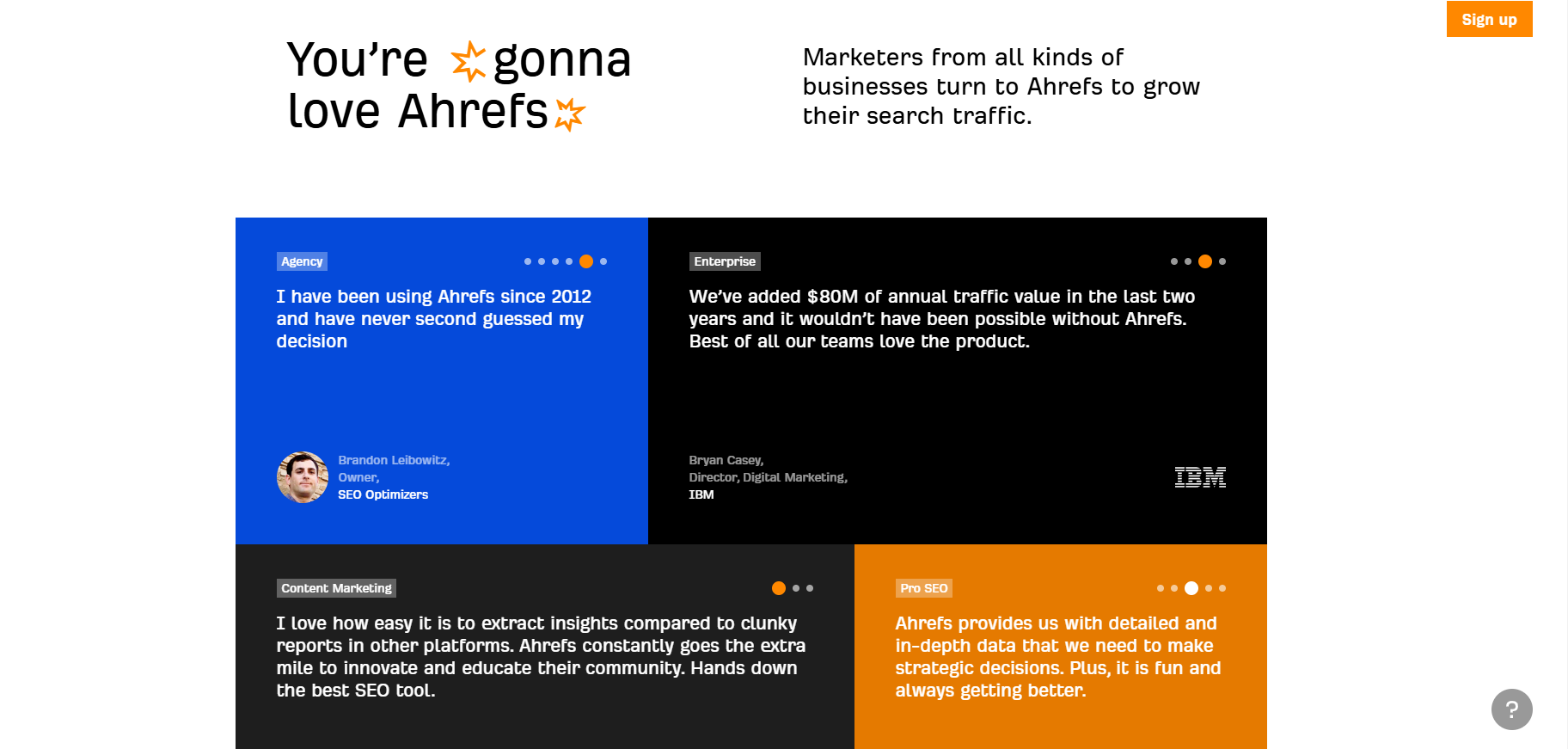
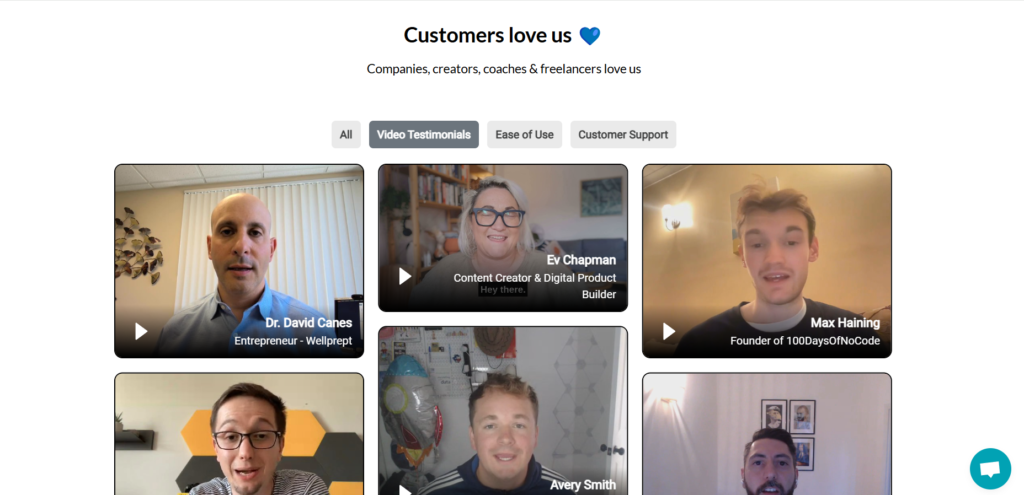
Not all testimonials are created equal. Some work better than others, depending on how and where you use them. Here are a few powerful formats:
- Written Quotes: Short, snappy reviews with the customer’s name and photo.
- Video Testimonials: More engaging and personal. These build high levels of trust.
- Before-and-After Stories: Ideal for fitness, beauty, and transformation-based services.
- Case Studies: In-depth success stories that show measurable results.
- Star Ratings & Reviews: Great for e-commerce and service-based businesses.
The more specific and genuine the testimonial, the better it performs.
3. Where to Use Them
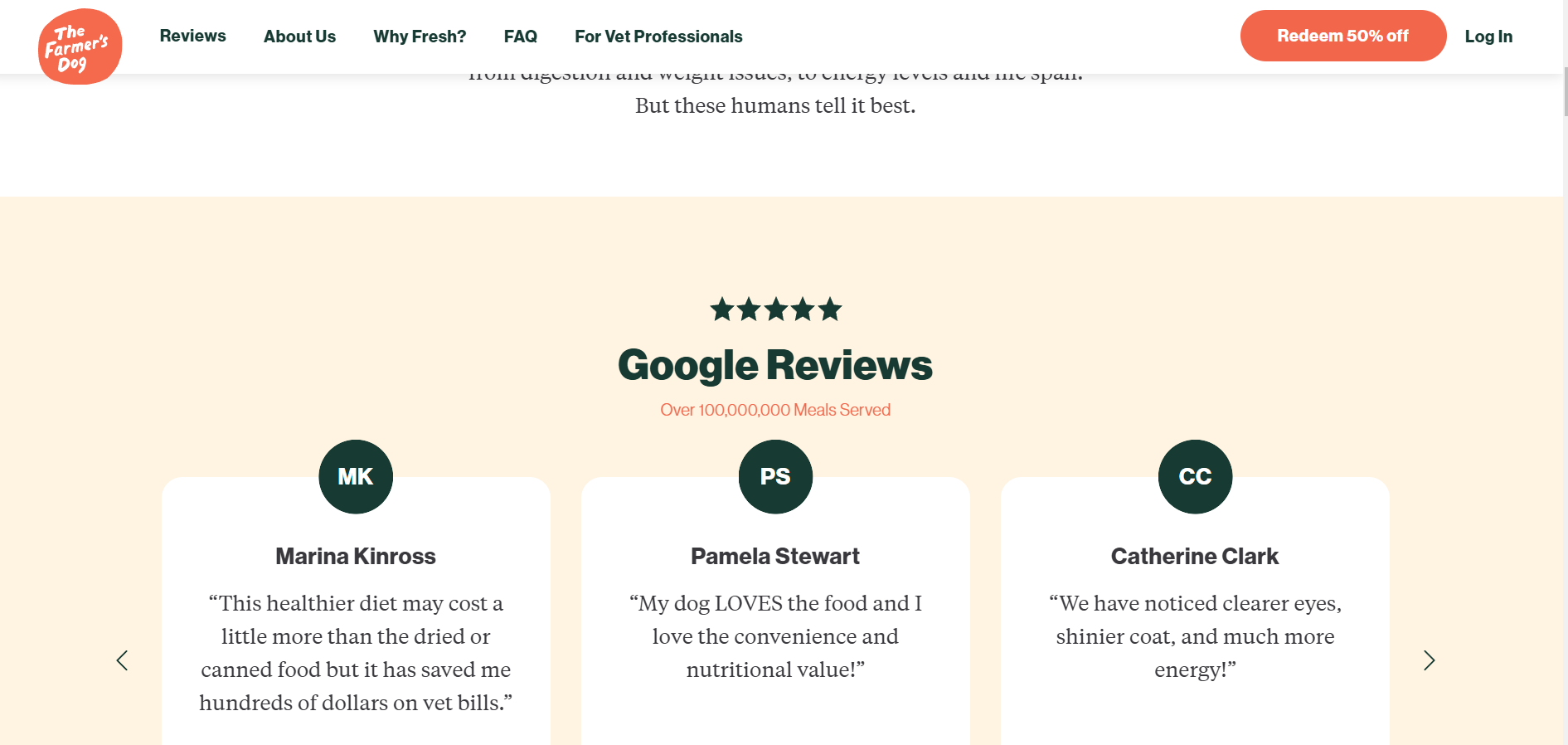
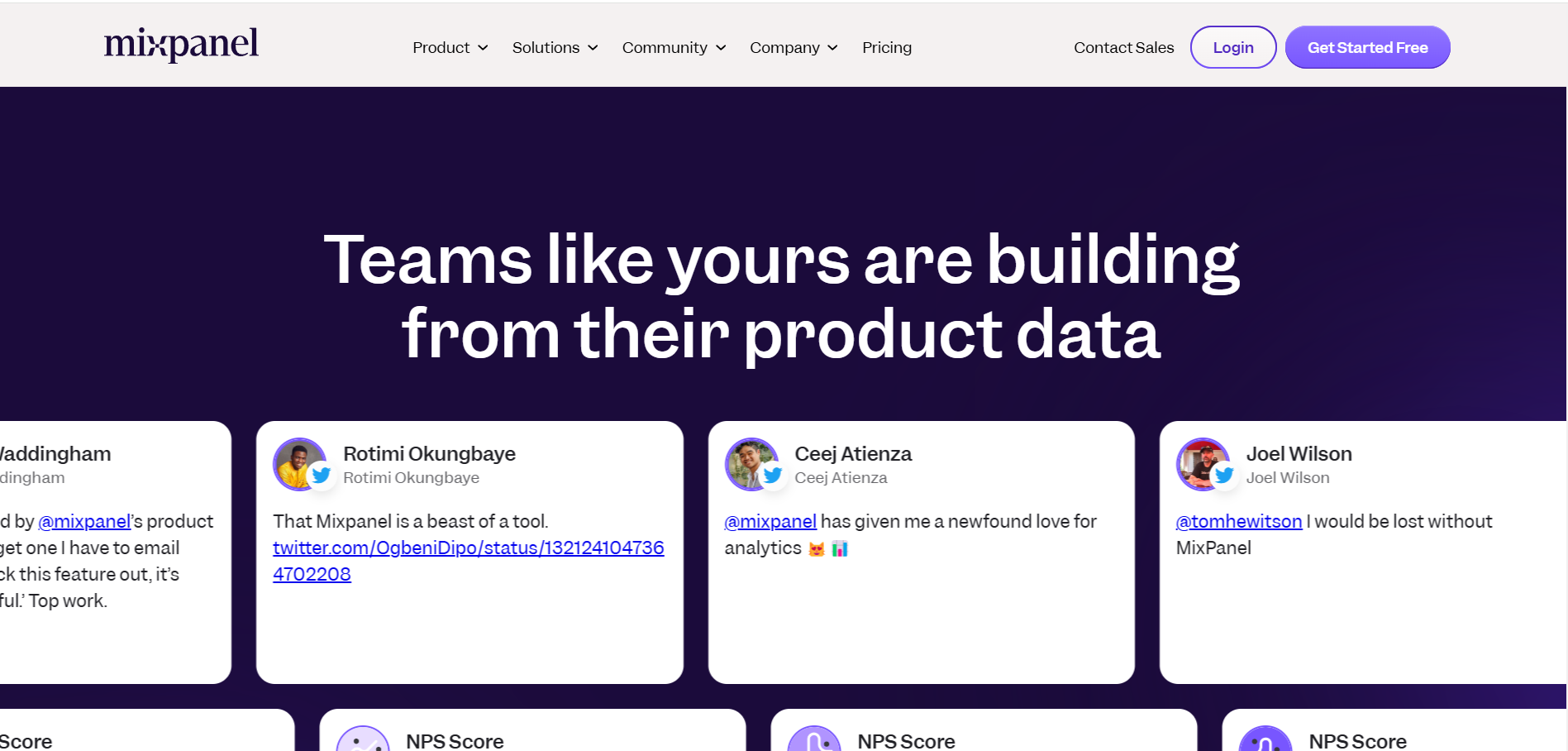
Don’t just let reviews sit on a third-party site. Integrate them into your brand experience.
- Website homepage: Feature a strong quote right near your hero section.
- Landing pages: Place testimonials near CTAs to encourage clicks.
- Product pages: Add reviews and ratings next to the "Buy Now" button.
- Social media: Share quotes, clips, or screenshots as posts or reels.
- Email marketing: Add a customer quote as a trust booster in your campaigns.
Tip: Visual testimonials (with photos or videos) perform better than plain text!
4. How to Collect Great Testimonials
It’s easier than you think. All you need to do is ask—and make it easy.
- Send a follow-up email post-purchase asking for a review.
- Offer a small incentive (like a discount) for detailed feedback.
- Use tools like Google Forms, Typeform, or even a quick WhatsApp message.
- Record short interviews with happy clients and repurpose them as content.
The key is to ask the right questions that bring out genuine stories, like:
- What problem did our product/service solve?
- What was your experience like?
Would you recommend us to others?
5. Build a System Around It
Don’t treat testimonials as a one-time activity. Make it a part of your ongoing marketing workflow.
- Create a monthly testimonial spotlight post.
- Build a testimonial library you can reuse in future campaigns.
- Tag or mention customers when posting their feedback (with permission, of course).
- Regularly refresh the reviews on your site to keep them current and relevant.
Customer testimonials and reviews aren’t just feel-good moments. They’re conversion drivers. When used strategically, they can shape buyer decisions, shorten the sales cycle, and give your brand a trustworthy voice.
At Skillwise Solutions, we help brands turn everyday feedback into high-impact storytelling. If you're ready to leverage the power of real voices to grow your business.







